Are you looking for an effective way to learn tattoo removal? If so, then this comprehensive guide is for you. From the basics of tattoo removal to the advanced techniques, this guide will provide you with all the information you need to know to learn how to successfully remove tattoos. We’ll cover the various methods of tattoo removal, the pros and cons of each, and how to find a professional to help you get the job done. By the end of this guide, you should have a better understanding of how to learn tattoo removal and be well on your way to having your tattoos removed.
Contents
Background of Tattoo Removal
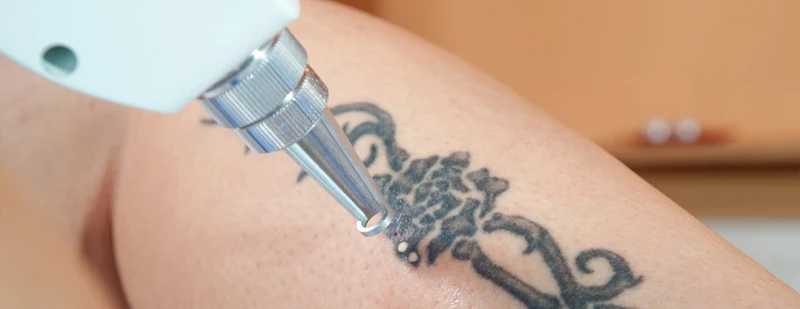
- Tattoos have been around for centuries and have evolved greatly over time. They were once used to mark individuals, identify tribes, and even indicate social status.
- Tattoo removal has become increasingly popular over the past few decades as tattoos become more mainstream and as people change their minds about their body art.
- Modern tattoo removal techniques are safe and effective, allowing people to erase their tattoos without causing any long-term damage to the skin.
- Tattoo removal artists must go through specialized training to learn the skills needed to safely and effectively remove tattoos.
Anyone interested in how to become a tattoo removal artist must first understand the background and principles of tattoo removal. Tattoo removal is a medical procedure and requires specialized training, knowledge, and experience to safely and effectively remove tattoos.
Types of Tattoo Removal
Laser Tattoo Removal is a popular form of tattoo removal, which uses a laser to break down the pigment colors of a tattoo. The laser is directed at the skin and passes through the outer layers of skin to the tattoo, breaking the ink particles into tiny fragments. The body then absorbs these fragments and removes them.
Surgical Removal is a more invasive form of tattoo removal that involves cutting out the tattooed area. This is usually done with a scalpel and may require stitches afterwards.
Dermabrasion is a method of using a rotating brush to exfoliate the skin and remove the tattooed area. The area is then covered with a bandage.
Cryosurgery uses liquid nitrogen to freeze the tattooed area. This is done to destroy the cells that contain the tattoo ink, allowing the body to absorb it.
Intense Pulsed Light (IPL) Therapy is another popular way to remove tattoos. This method uses a broad spectrum of light to break down the tattoo ink.
Chemical Peels are another method of tattoo removal. A chemical solution is applied to the tattooed area, which breaks down the tattoo ink.
Salabrasion is a technique that involves abrading the tattooed area with salt. This method is painful and can cause a great amount of skin irritation.
Tattoo Removal Creams are available as an over-the-counter option for tattoo removal. These creams contain chemicals that break down the tattoo ink, allowing it to be absorbed by the body.
Training Requirements
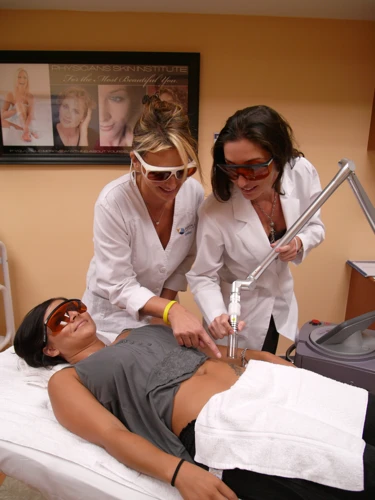
Tattoo Removal Artist Certification
To become a certified tattoo removal artist, you must complete an accredited course in laser tattoo removal. The course will cover the basics of tattoo removal, theory, safety precautions and practical application. Upon completion of the course, you will receive a certificate of completion.
Tattoo Removal Education
In order to provide effective and safe treatments, tattoo removal artists must have a comprehensive understanding of the science and technology behind tattoo removal. This includes understanding the different types of lasers available for treatment, the different wavelengths and pulse durations that can be used for different tattoos, and the safety protocols that must be followed. Tattoo removal artists must also understand how to identify and treat different types of pigments and the healing process that follows treatment.
Tattoo Removal Technique
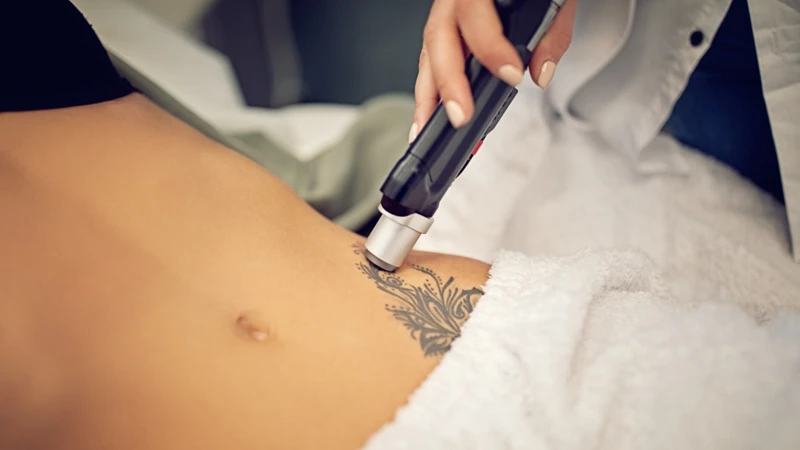
| Technique | Description |
|---|---|
| Laser Tattoo Removal | Laser tattoo removal is one of the most popular and effective methods of removing a tattoo. A high-energy laser beam is used to break down the ink particles in the skin and gradually fade the tattoo over a period of time. |
| Dermabrasion | Dermabrasion is a technique in which the outer layers of the skin are removed by sanding. This method can be used to remove tattoos, as well as to smooth out wrinkles and other imperfections in the skin. |
| Surgical Removal | Surgical removal is a more invasive method of tattoo removal. It involves the use of a scalpel to cut away the tattooed skin and then stitching the remaining skin together. This method is typically reserved for larger tattoos or tattoos that have not responded to other removal methods. |
| Chemical Peel | A chemical peel is a procedure in which a chemical solution is applied to the skin to remove the outer layers of the skin. This can be used to remove tattoos, as well as to reduce the appearance of wrinkles and other skin imperfections. |
Tattoo removal techniques vary and the best option for any given individual will depend on a variety of factors, including the size, type, and color of the tattoo, as well as the individual’s skin type and overall health. It is important to consult with a professional to determine the best course of action for removing a tattoo.
Safety and Sanitation Practices
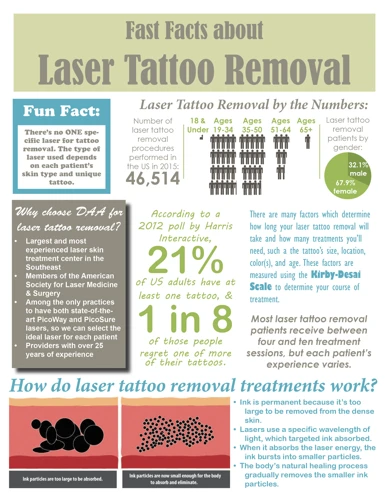
- Use the right equipment: It is important to use the right equipment and techniques when performing tattoo removal. This includes sterilizing the equipment between uses, using disposable needles and gloves, and following the manufacturer’s instructions when using the equipment. It is also important to have a safe and sanitary workspace, including a clean and well-ventilated area.
- Follow safety protocols: It is important to follow safety protocols when performing tattoo removal, including using protective eyewear, wearing a protective face mask, and using proper handwashing techniques. It is also important to be aware of any potential risks, such as skin irritations, and to take the necessary precautions to minimize those risks.
- Use the right products: It is important to use the right products when performing tattoo removal. This includes using a good quality laser, as well as the right products to protect the skin before, during, and after the treatment. It is also important to use products that are specifically designed for tattoo removal, and to follow the manufacturer’s instructions when using the products.
- Be aware of aftercare: It is important to be aware of the aftercare that is necessary after performing tattoo removal. This includes protecting the treated area from the sun, keeping it clean and moisturized, and avoiding activities that may irritate the area. It is also important to follow up with the doctor or technician regularly to monitor the results of the treatment.
Equipment and Supplies
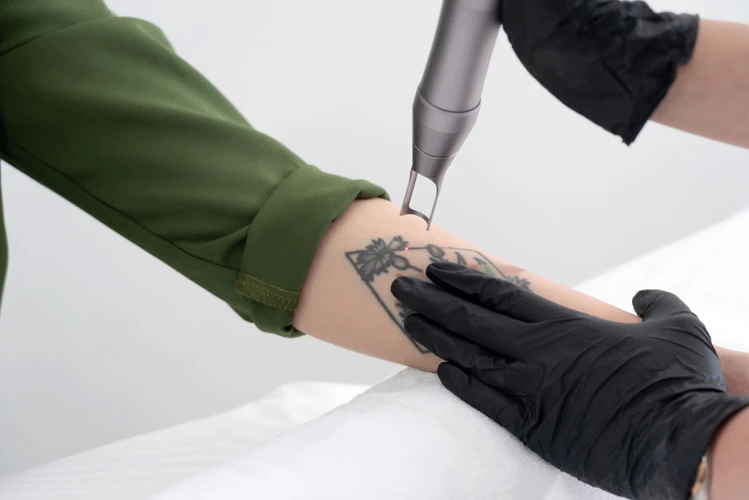
| Equipment | Description |
|---|---|
| Laser | A laser is the primary piece of equipment needed to remove tattoos. It generates a beam of light which is used to break down the tattoo ink into tiny particles that can be absorbed by the body. |
| Protective eyewear | Protective eyewear should be worn when using a laser to protect the eyes from the intense light. |
| Goggles | Goggles should be worn by both the patient and the practitioner during the procedure to protect the eyes from any debris. |
| Gloves | Disposable gloves should be worn to protect both the patient and the practitioner from any blood or bodily fluids. |
Supplies: Disposable razors, antiseptic wipes, gauze, medical tape, sterile saline solution, topical anesthetic, and bandages should be on hand for the procedure.
Setting Up Your Tattoo Removal Business
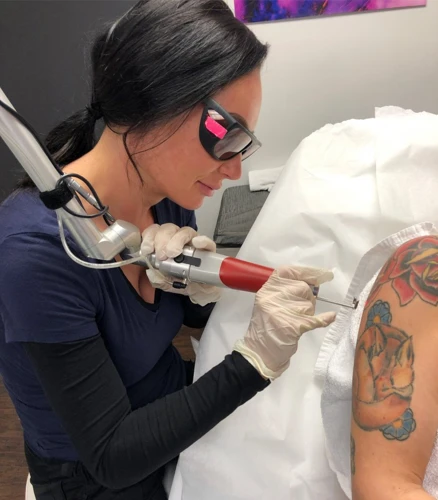
Licensing: Before setting up a tattoo removal business, you must obtain the necessary licensing from the state, county, and local government. This process typically involves completing paperwork, paying fees, and passing background checks. Additionally, you may need to obtain additional certification from a doctor or medical professional.
Equipment: You will need to purchase the necessary equipment for your business. This includes a laser machine, protective eyewear, gels, topical anesthetics, and other supplies. It is important to research different laser machines to ensure that you are purchasing one that is suitable for the type of tattoo removal services you will be offering.
Insurance: You must also obtain the necessary insurance for your business. This includes general liability, professional liability, and workers compensation insurance. It is important to have insurance to protect your business from any potential lawsuits or financial losses.
Marketing: Once you have obtained the necessary licensing, equipment, and insurance, you should create a marketing plan. This includes creating a website, advertising in local publications, and using social media to reach potential customers. Additionally, you may want to offer discounts or special promotions to attract more customers.
Pricing: The pricing of your services will depend on the type of tattoo removal services you are offering. You should research the average cost of tattoo removal in your area in order to determine an appropriate price for your services. Additionally, you should consider offering packages or discounts for multiple treatments.
Staff: You will need to hire staff to help you with the day-to-day operations of your business. This includes receptionists, technicians, and other support staff. It is important to hire qualified staff who are knowledgeable about the tattoo removal process and can provide excellent customer service.
Location: You will need to find a suitable location for your business. This should be an easily accessible location that is close to customers. Additionally, you should consider the cost of renting or leasing the space and the amenities available in the area.
Safety: Safety is of the utmost importance when it comes to tattoo removal. You should ensure that your staff is properly trained in safety procedures and that the equipment is regularly serviced and maintained. Additionally, you should take the necessary steps to prevent infection and ensure the safety of your clients.
Marketing Your Tattoo Removal Business
Marketing your tattoo removal business is essential for success. You can reach potential customers by using traditional marketing methods such as print ads, radio and television commercials, and online marketing. Additionally, you can create a social media presence and use SEO techniques to ensure that your business is easy to find. Additionally, you can use guerilla marketing tactics such as giving out samples, offering discounts and promotions, and creating referral programs.
Print Ads: Print ads are a great way to reach potential customers. Place ads in local newspapers, magazines, and magazines related to tattoos. You can also advertise at events such as tattoo conventions and trade shows.
Radio and Television Commercials: Radio and television commercials are another way to reach potential customers. You can create a commercial that highlights the benefits of tattoo removal and describe the services you offer.
Online Marketing: You can use online marketing to reach potential customers. Create a website with information about your services and a contact form. Utilize SEO techniques such as keyword research to ensure that your website is easy to find. Additionally, create social media accounts to post updates about your services.
Guerilla Marketing Tactics: Guerilla marketing tactics such as giving out samples, offering discounts and promotions, and creating referral programs can help you reach potential customers. Additionally, you can partner with other businesses to cross-promote each other’s services.
No matter what marketing tactics you choose, it’s important to make sure that you’re providing your customers with the information they need to make an informed decision about tattoo removal. With the right marketing strategy, you can reach more potential customers and increase your success as a tattoo removal artist.
Frequently Asked Questions
What Equipment is Required for Tattoo Removal?
Tattoo removal requires specialized equipment such as a Q-switched laser, topical anesthetics, and cooling devices. The laser device emits pulses of light, which break down the ink particles and allow them to be absorbed by the body. An anesthetic is usually applied to the area to minimize discomfort and a cooling device is used to reduce skin damage. In addition, gloves, masks, and protective eyewear must be worn to protect the practitioner and the patient.
Are There Any Risks Associated With Tattoo Removal?
- Skin Damage: Tattoo removal can cause skin damage, such as scarring and discoloration. It is important to consult a doctor before undergoing tattoo removal.
- Pain: Tattoo removal can be painful and may require anesthetic or painkillers. It is important to discuss this with your doctor before undergoing the procedure.
- Infection: Tattoo removal may lead to infection. It is important to follow the aftercare instructions from your doctor to avoid infection.
- Allergic Reaction: Allergic reactions can occur during or after a tattoo removal procedure. It is important to discuss any allergies with your doctor before undergoing the procedure.
- Migration: Tattoo ink can migrate to other areas of the body during the removal process. It is important to discuss this with your doctor before undergoing the procedure.
How long does the tattoo removal process take?
- Treatment Frequency: Tattoo removal sessions typically take place every 4-6 weeks.
- Number of Sessions: The number of sessions needed to remove a tattoo depends on its size, color, location, and age. Generally, it can take anywhere from 5-15 sessions for complete removal.
- Length of Sessions: Each tattoo removal session can last anywhere from 10 minutes to 1 hour.
- Total Time: The total time it takes to completely remove a tattoo can vary, but it can take anywhere from a few months to a few years.
Are There Any Special Considerations For Removing Tattoos On Darker Skin Tones?
Due to the increased melanin in darker skin tones, laser tattoo removal can be more difficult and require more treatments. The color of the tattoo can also be harder to remove and can lead to the possibility of a residual “ghost” image. It is recommended to find a practitioner with experience in treating darker skin tones. Additionally, the practitioner should use a lower setting and a longer wavelength to reduce the risk of scarring and post-inflammatory hyperpigmentation.
What Type of Aftercare is Required After Tattoo Removal?
It is important to follow post-treatment care instructions carefully to ensure a successful tattoo removal process. Aftercare typically includes: cleaning the area with a mild soap, applying a light layer of antibiotic ointment, and keeping the area covered with a bandage or gauze dressing. To reduce the risk of infection, it is important to avoid scratching or picking at the area and to keep it clean and dry. It is also important to avoid exposing the area to direct sunlight for several weeks after treatment.
Conclusion
Tattoo removal is a complex process that requires knowledge and skill. It is important to research and understand the different methods available for tattoo removal, as well as the potential risks associated with each method. It is also important to work with a qualified professional who has the experience and knowledge to provide safe and effective treatments. With the right information and guidance, you can learn how to perform tattoo removal safely and effectively.